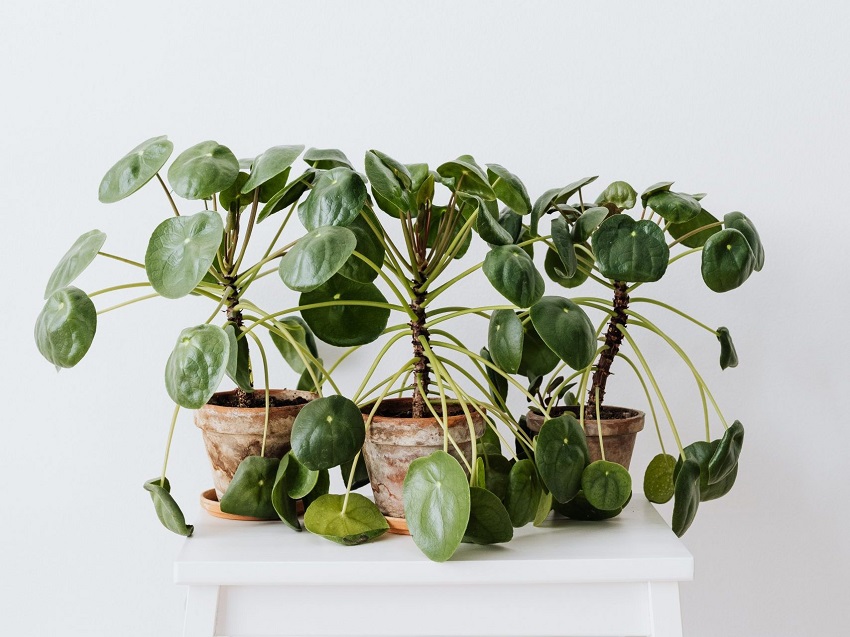Are you a proud owner of a beautiful Pilea plant but find it growing leggy and lanky? Don’t worry, you’re not alone! Many Pilea enthusiasts face this issue, but fortunately, there are steps you can take to help your leggy Pilea thrive and regain its lush and compact form. In this article, we will explore various techniques and tips to address the problem of leggy growth in your Pilea plant. So, let’s dive in and discover how you can help your Pilea regain its natural beauty!
Understanding Leggy Growth in Pilea
Leggy growth refers to the elongation of stems and the spacing between leaves, which results in a lanky appearance. Pilea plants are known for their compact and bushy nature, so when they become leggy, it indicates a lack of sufficient light reaching the lower parts of the plant. This can happen when the plant doesn’t receive adequate sunlight or is placed too far away from a light source.
1. Provide Adequate Light
One of the primary reasons for leggy growth in Pilea plants is insufficient light. These plants thrive in bright, indirect light conditions. Therefore, find a suitable spot near a window where your Pilea can receive bright, filtered sunlight. If natural light is limited in your space, you can also use artificial grow lights to supplement the lighting requirements. Place the grow lights at an appropriate distance from the plant to mimic natural light conditions.
2. Rotate Your Pilea Regularly
To ensure even growth and prevent your Pilea from leaning towards the light source, it’s crucial to rotate it regularly. By rotating your plant every few weeks, you can promote balanced growth and discourage leggy tendencies. This simple practice ensures that all sides of the plant receive an equal amount of light, resulting in a more symmetrical and compact appearance.
3. Pruning and Pinching
Pruning and pinching are effective techniques to encourage bushier growth and prevent legginess in Pilea plants. When you notice elongated stems or sparse foliage, use sharp, sterilized pruning shears or scissors to trim them back. Focus on removing the excessively long stems and encourage branching by cutting just above a leaf node. Additionally, pinch off the tips of new growth regularly to promote lateral growth and denser foliage.
4. Propagation and Renewal
If your Pilea has become extremely leggy and it seems challenging to restore its compact form, propagation can be a great solution. Propagating Pilea plants is relatively easy, and it allows you to create new plants while rejuvenating the parent plant. Simply take healthy stem cuttings, remove the lower leaves, and place them in a container with moist soil or water. Within a few weeks, these cuttings will develop roots, and you can transplant them into new pots, ensuring fresh, compact growth.
5. Maintain Proper Watering
While addressing leggy growth, it’s essential to maintain an appropriate watering routine. Overwatering or underwatering can stress your Pilea and affect its overall health and growth. Ensure the potting soil is well-draining and water your plant when the top inch of soil feels dry to the touch. Avoid letting the plant sit in standing water, as this can lead to root rot. By maintaining a consistent watering schedule, you can help your Pilea recover and develop stronger, healthier stems and leaves.
6. Provide Nutrient Support
Proper nutrition is vital for the overall well-being of your Pilea plant. To encourage compact growth and prevent legginess, provide a balanced houseplant fertilizer during the growing season. Dilute the fertilizer according to the instructions on the packaging and apply it to your Pilea every two to four weeks. This will ensure your plant receives the necessary nutrients to support healthy foliage and vigorous growth.
7. Temperature and Humidity Considerations
Pilea plants thrive in average room temperatures ranging between 60-75°F (15-24°C). Extreme temperature fluctuations can stress the plant and hinder its growth. Additionally, maintaining adequate humidity levels is beneficial for Pilea plants. They prefer moderate humidity, so consider using a humidifier or placing the pot on a tray filled with pebbles and water to increase humidity around the plant.
Conclusion
With the tips and techniques outlined in this article, you can confidently address the issue of leggy growth in your Pilea plant. Remember to provide adequate light, rotate your plant regularly, and employ pruning and pinching techniques to encourage bushier growth. If necessary, propagate your Pilea to rejuvenate the parent plant and maintain a proper watering and feeding schedule. By taking these steps, you’ll help your Pilea regain its natural compact form, and soon enough, you’ll be rewarded with a lush and beautiful plant that stands out among the rest!
So why wait? Take action today and revive your leggy Pilea, transforming it into a stunning centerpiece of your indoor garden!




